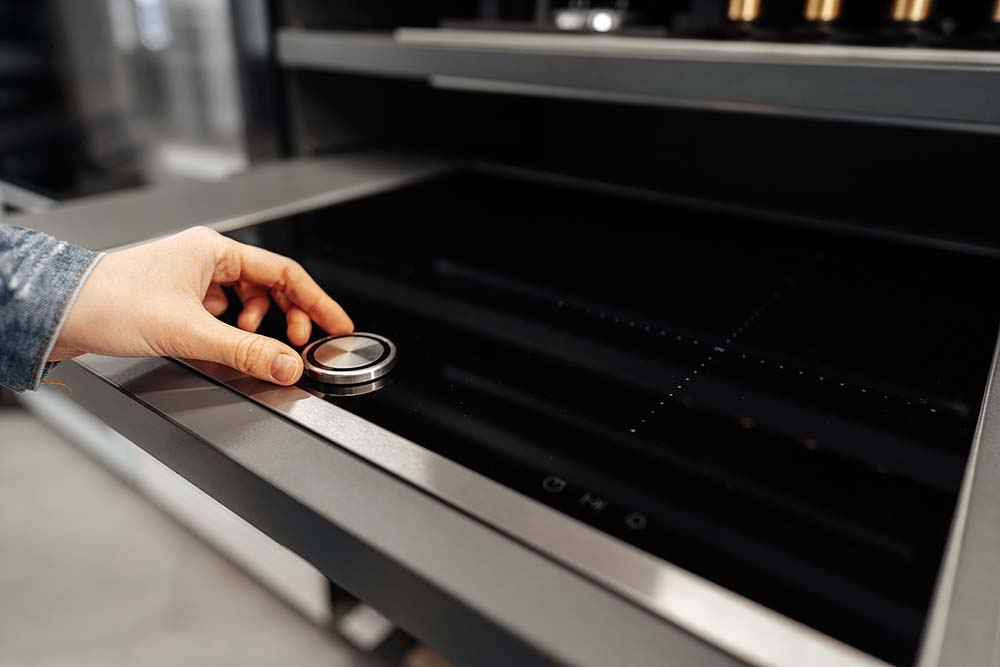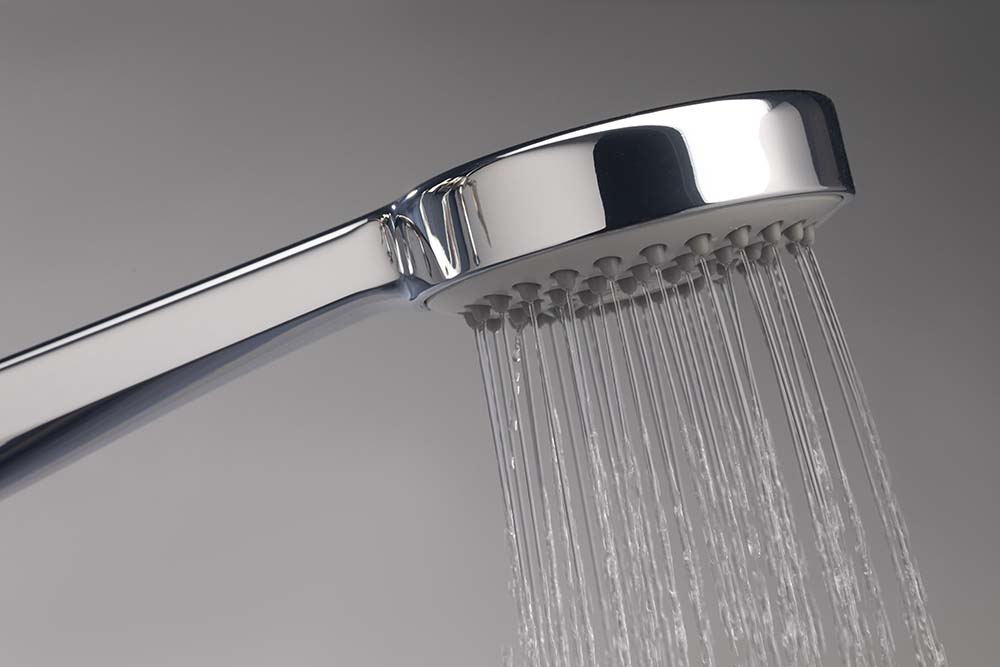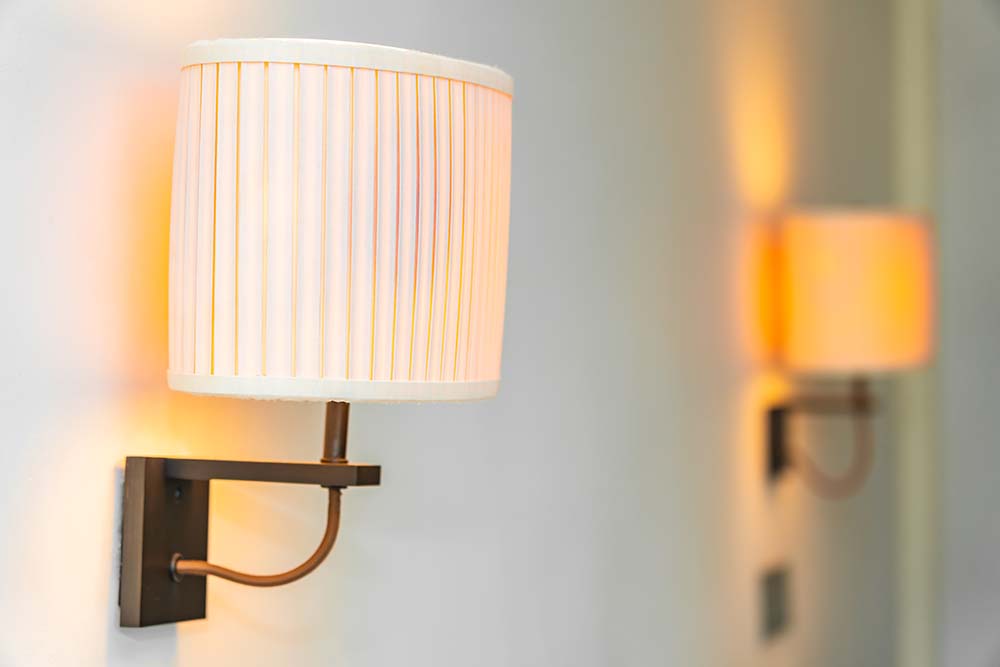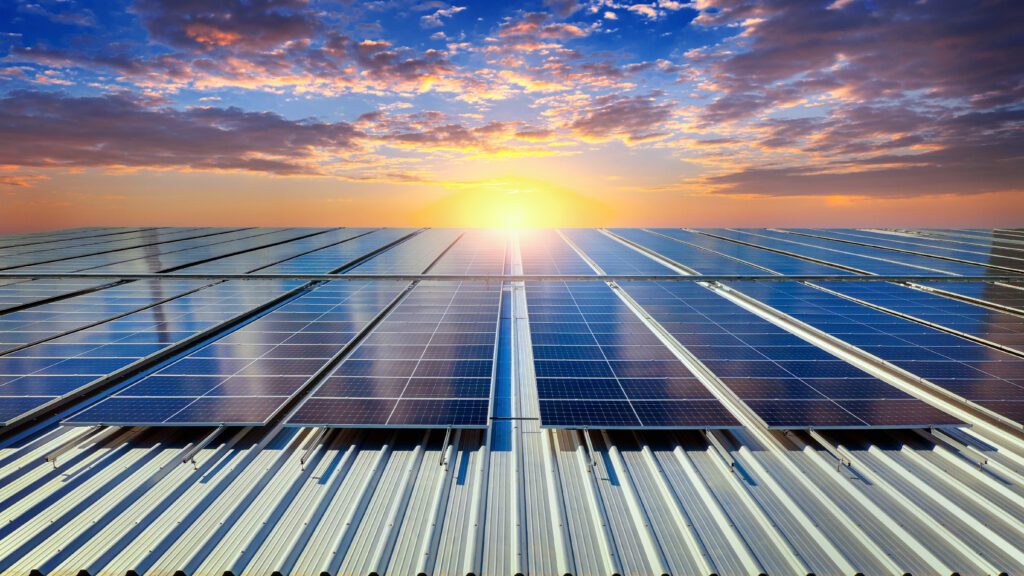
11 ways to reduce bills and make your home more efficient
Whether you’re trying to bring down your energy bills or you’d like to minimise your environmental footprint, we’ve put together some easy ways to make your home run more efficiently.
There are plenty of good reasons to make your home more energy-efficient: it’s better for the environment, better for your conscience and better for your wallet.
Luckily, it doesn’t take a whole lot to boost your home’s efficiency – often, it’s as simple as making a few tweaks to your everyday habits.
1. Switch out (and switch off) your appliances

Appliances swallow up a whopping 30% of total energy usage, making them a great place to start.
That washing machine you’ve had since the late 80s? While its retro style might look nice in your laundry, it’s probably not doing your energy bills any favours.
Older appliances tend to use lots of energy, while newer ones are designed to be more energy efficient. Switching them out where possible can help lower your energy usage and, consequently, your bills.
Switching off your appliances at the wall when they’re not in use, rather than leaving them in ‘standby’ mode, can also decrease your power bill by up to 10%.
If you’re interested in controlling these appliances in a central location you can purchase a standby monitor – an electronic device that allows you to turn these off quickly and easily, while also keeping track of the energy they’re using.
2. Switch from gas power to electricity
While we’re on the topic of appliances, consider which form of energy they consume. If they use gas and they’re in need of replacing, consider purchasing the electric version next.
Chances are the electric version will be cheaper, and, as electricity is easier to get from sustainable sources, it’ll help you reduce your home’s reliance on fossil fuels over the long term.
While you’re out shopping, take care to notice the energy rating on any new appliance you’re considering.
The more stars it has the cheaper it’ll cost to run over the long term, so that needs to play a part in any purchasing decision amid a climate of rising energy costs.
3. Be water wise

You can save quite a bit on your energy and water bills by making some adjustments to your home and the way you use water. These include:
Install a water-efficient showerhead
Also known as low-flow or water-saving showerheads, these nifty devices cut back on water usage without sacrificing shower pressure.
Being conscious of water usage
Turn the tap off while brushing your teeth or shaving, dock a minute or two off your shower and sweep the driveway instead of hosing it down. And if you need water for a cuppa, there’s no need to boil an entire kettle’s worth – just heat what you need.
Repair leaks
A small drip may seem like a small problem, but over time and left unrepaired, it can consume a lot of water and therefore increase your water bill.
Reduce your ‘hot’ temperature
Where possible, use the cold water setting on your washing appliances to reduce energy usage or, in the case of your dishwasher, change the setting to fit the situation – it potentially doesn’t need to stay in the hottest setting for every wash.
While we’re on the subject of temperature, the next time you have a plumber around ask them to check your default hot temperature in your house.
If it’s too high it could be unsafe, especially if kids have access to the hot tap, not to mention cost you more as it heats the water to a higher temperature. Home hot water should be stored at 60 degrees to reduce the chance of bacteria growth, but this temperature can scald if it comes in contact with skin.
You may have the option to install a valve that reduces the temperature in the bathroom to avoid scalding but keep it at 60 degrees where necessary for safety.
Use tanks to collect rainwater
Water tanks are a fantastic way to cut down costs for household water, which is becoming increasingly expensive.
For a few hundred dollars you can set up your own rainwater catchment system to use on the garden, which will make it a more enjoyable space knowing it’s not costing you the earth to keep those precious plants watered over the dryer months.
Tanks can even be picked up second-hand for a fraction of the price of buying new.
4. Dress for the weather to reduce heating and cooling costs

We can all agree a balmy 25C room in the dead of winter feels pretty good. What doesn’t feel so good is when you realize how much energy it’s chewing up. By being smart with your heating (and cooling) you can cut your energy bill quite substantially.
First up, dress for the weather. In winter, that means jumpers and lots of layers, while in summer opt for loose, breezy clothing that breathes. Doing this will reduce your reliance on heating and air-conditioning.
Finally, when the weather turns cold and you’re tempted to blast the central heating, decrease your thermostat by a couple of degrees.
You may not even notice the difference in temperature – especially if you’re dressed for the cooler weather – but you’ll notice a difference to your power bill.
6. Catch (and kill) those draughts
You’d be surprised at how much difference air gaps can make, especially in older homes, and fixing them is easy and shouldn’t cost much more than a few dollars.
Around doorframes and windows
Most hardware stores sell gap filler strips for door frames that will stop draughts from getting in.
Simply attach the strips to the edges of your windows and doorframes.
In-between walls and flooring
Have a look around to see if you can spot any other gaps between walls and flooring that shouldn’t be there.
Fixing them is as easy as squirting a little gap filler into the hole and smoothing it off. This will help keep that cold air from getting in and stealing your heat.
Read more here about how to future-proof your home from climate change.
7. Check your insulation
Insulation might not be sexy or glamorous but is a heavy lifter when it comes to reducing power bills.
Insulation is a thick layer of material that acts as a wooly jumper for your home, keeping the warm air in when the weather’s cold and out when it’s hot.
Generally, it’s installed in the roof cavity, between the walls, and under the floors of a house to reduce the need for heating and cooling, in some cases entirely.
Newly built homes are legally required to have a minimum level of insulation as part of the standard building codes for housing.
However, older homes can be lacking in insulation and therefore cost much more to heat and cool as more air is transferred between inside and out.
While some homes could be missing insulation entirely, many will just need to have their insulation redone, which is considerably cheaper than starting fresh.
8. Re-design your home’s lighting cheaply and easily.

While it’s no secret that traditional incandescent lightbulbs are a thing of the past, there’s a lot happening in the brand-new era of smart lighting that’s making homes more efficient, as well as more aesthetically pleasing.
9. Change your window treatments
If you have a home without double-glazing then chances are that you’re losing a lot of heat through your windows because, unfortunately, glass is incredibly inefficient when it comes to heat transfer.
If you’re in this boat then consider updating your window coverings to include cellular blinds or thick curtains.
Cellular blinds, first released in the 1980s, actually trap air between their layers so are great at reducing heat transfer.
They can be purchased and installed relatively cheaply either as a DIY or by professionals. Standard-sized windows can be covered often for less than $100. They can also be added to your smart home system so you can control them using your device.
10. Hassle your energy provider for a better deal
If you’re finding that your current power bills are venturing into unaffordable territory, you might be able to access a better plan with a different provider. Or by simply asking your current provider for a better deal.
Compare online and see if others are offering deals, discounts or incentives if you switch. Some providers also offer a special tariff (known as a ‘feed-in tariff’) if you have solar power.
Another reason you may want to change providers is that many are now delivering electricity powered by renewable energy sources. By opting for one of these, you can help do your bit for the environment outside your home, too.
11. Look into solar

Installing solar panels can be a daunting concept but it’s becoming cheaper and more efficient each year, as more and more people take it up globally – helping to bring down the cost for everyone.
The best place to start is often by looking on your local council website to see what programs they have going to reduce the upfront costs, as well as up-to-date information about government schemes.
Reference:
https://www.realestate.com.au/advice/ways-to-make-your-home-more-energy-efficient/